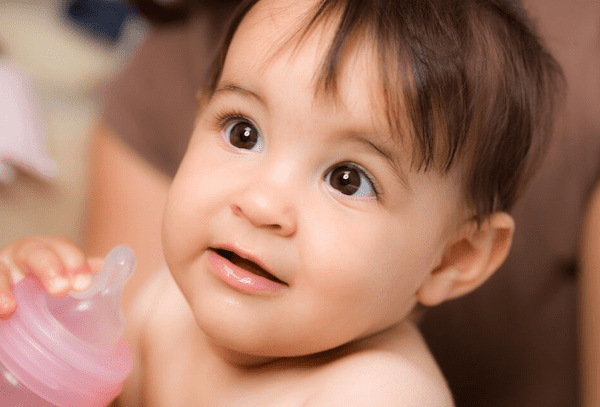Ending childhood lead exposure is a proven strategy to protect young children’s long-term health and development. Even low-level exposure to lead can reduce IQ, harming children’s long-term health, success in school, and earning potential over their lifetimes.
In North Carolina and nationally, public health officials have been working for more than 20 years to eliminate childhood lead poisoning. As a result, child blood lead levels have dropped dramatically population-wide.[i]
Unfortunately, some sources of exposure still remain – often in lower-income neighborhoods where older buildings mean that old lead paint, or pipes & plumbing fixtures that contain lead, are still in use.
As detection improves and we learn more about the harmful effects of lead on the developing brain, it is critical that the NC General Assembly keep the Childhood Lead Poisoning Prevention statute up to date.
What is a “lead hazard” for children?
There is no safe level of lead exposure for children. The US EPA and the American Academy of Pediatrics urge water providers to strive for zero lead in children’s drinking water.[ii]
The NC Childhood Lead Poisoning Prevention statute (G.S. 130A-131) defines several types of lead hazards for children. Lead in children’s drinking water is defined as a hazard only when it reaches 15 ppb. This level was written more than 20 years ago and is overdue to be updated.
House Bill 272 would update G.S. 130A-131.7 to define a “Lead poisoning hazard” for children as any concentration of lead in drinking water equal to or greater than 10 parts per billion.
North Carolina has updated other parts of this statute over the years to better match current science and CDC recommendations. Updating the definition of a child’s drinking water lead hazard is an important next step to eliminating childhood lead poisoning in North Carolina.
Benefits of Updating the Childhood Lead Poisoning Prevention Statute
Revising the definition of a lead hazard in children’s drinking water in the Childhood Lead Poisoning Statute from 15 to 10 parts per billion would extend lead exposure protection to more than 30,000 young children in child care settings in particular. Drinking water can be a significant source of lead, especially for formula-fed infants, for whom water contributes as much as 60% of their lead exposure, according to the US EPA.[iii] Reducing babies’ and toddlers’ lead exposure has measurable benefits in the form of reduced crime, health care cost savings, special education cost savings, and avoided losses in lifetime earnings.[iv]
Does the Childhood Lead Poisoning Prevention Statute Affect Water Utilities?
No. This statute does not apply to water utilities. They are regulated under the federal Clean Drinking Water Act and the Lead and Copper Rule, which has its own set of standards for lead. The hazard definition for children in the NC Childhood Lead Poisoning Prevention statute (G.S.130A-131) does not apply to utilities in any way. Instead, this statute allows the NC Division of Public Health to investigate when children are poisoned by lead exposure, and to help parents, child care centers, and schools to eliminate the lead source.
Have Other States Taken This Step?
Not every state has a Childhood Lead Poisoning Prevention statute or program. For more than 20 years, North Carolina has been a national leader in reducing and eliminating childhood lead exposure. However, some other states with similar statutes have also updated their laws to better match current science, including Pennsylvania, Illinois, and Michigan. North Carolina has updated other parts of this statute over the years to better match current science and CDC recommendations. Updating the definition of a child’s drinking water lead hazard is an important next step to eliminating childhood lead poisoning in North Carolina.
Lead Poisoning is Preventable
The children who will most benefit from this proposal are those under age six, who are at highest risk of harm from lead exposure. We can prevent harm, save money, and improve health outcomes for children with common-sense approaches that reduce or eliminate hazardous exposures. These include making sure that all children live in safe, leadfree homes and have access to clean drinking water. Every child deserves the opportunity to grow up in an environment free of developmental hazards.
Every child deserves the opportunity to grow up in an environment free of developmental hazards.
For more information about this or other issues of child well-being:
Policy: contact Ashley Perkinson, ashley@perkinsonlawfirm.com | 919.210.8209
Children’s Environmental Health: contact Vikki Crouse, vikki@ncchild.org | 919.726.6531

